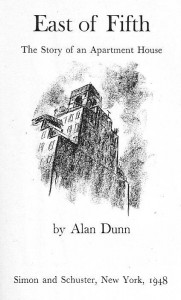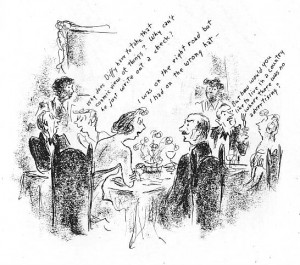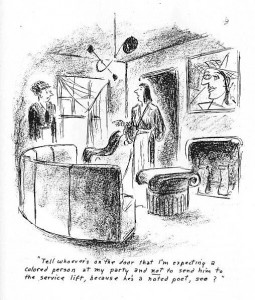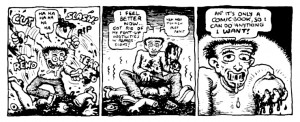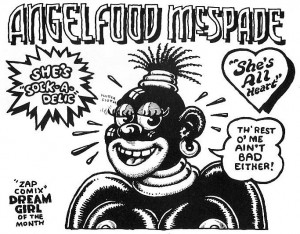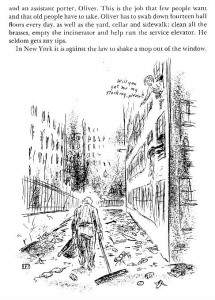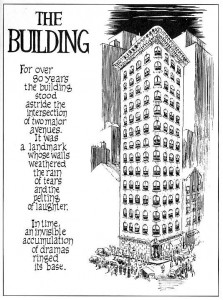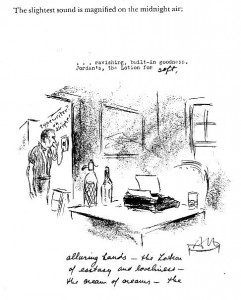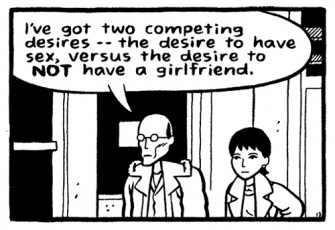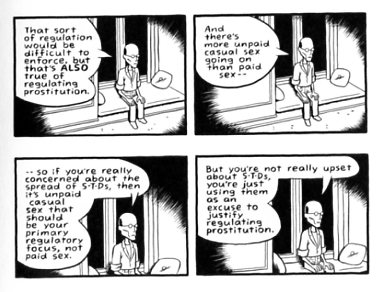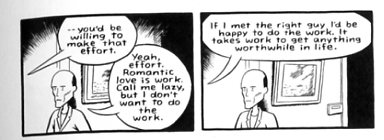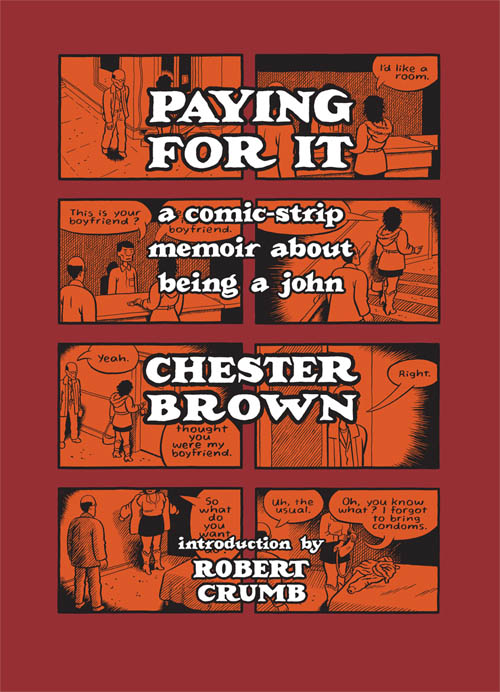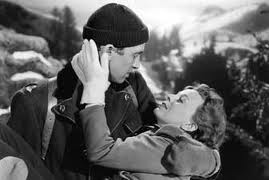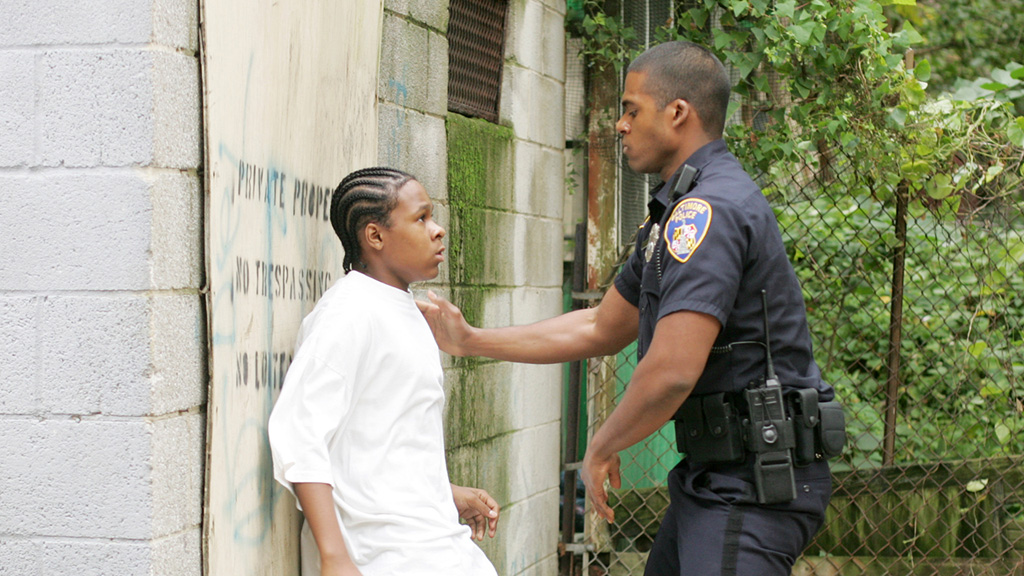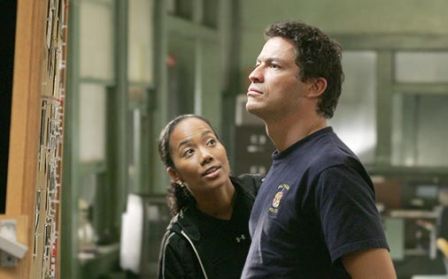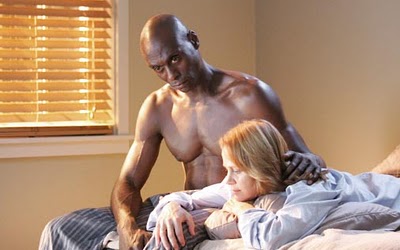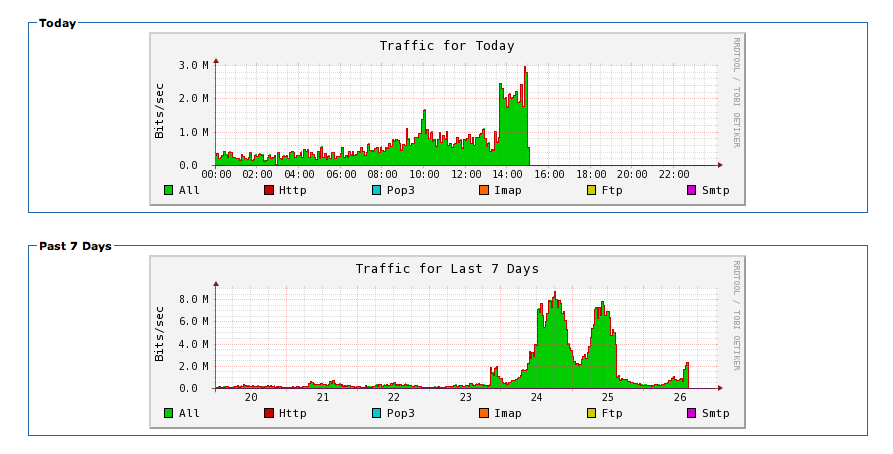East of Fifth by Alan Dunn
Fredrik Strömberg wrote Black Images in the Comics (Fantagraphics Books, 2003). In the foreword of said book Charles Johnson stated:
[…] while the cartoonist and comics scholar in me coolly and objectively appreciated the impressive archeology of images assembled in Black Images in the Comics, as a black American reader my visceral reaction to this barrage of racist drawings from the 1840s to the 1940s was revulsion and a profound sadness.
Jumping to page 86 we can find the inevitable Ebony White (the family name has to be a joke) accompanied by Will Eisner’s (the character’s creator) comment:
I realize that Ebony was a stereotype because I drew him in caricature – but how else could I have treated a black boy in that era, at that time?
Well… Eisner could have asked East of Fifth ‘s author Alan Dunn
Title page of East of Fifth.
“Will Eisner’s Almanack of the Year” [December 26, 1948] as published in DC Comics’ Will Eisner’s Spirit Archives Vol. 17 (July 4 to December 26 1948), 2005.
As you can see above both “Will Eisner’s Almanack of the Year” and East of Fifth were published in 1948. Sacred cow defenders usually utter the same excuse that Will Eisner used above. Basically: he’s not to blame, he lived in less enlightened times, etc… On the other hand the Eisner (or McCay or Barks, etc…) critics say something like: that’s true, nevertheless other creators didn’t fall into the trap of racist imagery. The latter’s problem is that they never give any example… Until now: clearly belonging to the second group I believe that great art gives us a complex view of the world, hence: it has no place whatsoever for the simplistic and offensive imagery of racists. See below how Alan Dunn portrayed black people in East of Fifth and compare the depiction with Will Eisner’s pickaninny.
East of Fifth, page 95.
As we can see above, it’s not that difficult. Alan Dunn just needed to caricature black people in the same way as he caricatured everybody else. What he couldn’t change was black people’s role in society. In this image, as housemaids in a party. Even so, he didn’t resort to job stereotyping either. In the second image below the fourth character in the background row (counting from the left) is a middle class black person (a poet) attending a white people’s party. In this sequence racism is clearly viewed as embedded in 1940s society (also: on page 92 an employee says: “Cab for Mrs. Eelpuss – white driver”). (Even if they appear here together the two images are 30 pages apart. Braiding is the formal device that links East of Fifth the most with comics. The book is also an example of what I call a locus .)
East of Fifth, page 59.
East of Fifth, page 89.
Some cartoonists praise stereotypes because, according to them, it’s an immediate way of conveying ideas. Looking at the image above I can see why: not that it really matters, of course, but without the usual short cuts (and forgetting page 59) it’s not immediately obvious that the gentleman depicted is indeed black. My question is: is this offensive immediacy really worth it? I don’t believe that Will Eisner was a racist. As Robert Crumb famously put it on the backcover of his comic book Despair (1970): “It’s just lines on paper, folks!” (before that Crumb depicted a character named Nutsboy tearing apart a woman and saying “it’s only a comic book, so I can do anything I want” – see below).
Robert Crumb, “Nutsboy”, Bogeyman # 2, 1969, as published in The Complete Crumb Comics # 5, Fantagraphics Books, July 1990.
I’m not denying Robert Crumb or any other artist, for that matter, the right to draw “anything [s/he/they] want,” but drawings have consequences as we have seen at the beginning of this post. In the story “Angelfood McSpade” (see below) Robert Crumb shows his camp tendencies exploiting a racist imagery that, I suppose, Crumb sees as his cultural trash heritage. As I see it Angelfood is marijuana (the character is an allegory), but that’s irrelevant for this post. The point is that kitsch or no kitsch, camp or no camp, it’s a racist depiction and I can’t decide who to blame more: Will Eisner who uncritically swallowed his times’ imagery or Robert Crumb who reveled in it.
“Angelfood McSpade”, Zap # 2, June 1968, as published in The Complete Crumb Comics # 5, Fantagraphics Books, July 1990.
John Crosby (1912 – 1991) was a media critic. In one of those happy circumstances that happen once in a blue moon one of his columns “Radio in Review” fell in my hands. It was published in the New York Herald Tribune (July, 1948) and it’s about East of Fifth. Sharp as a knife Crosby understood (with Göethe, looking at Töpffer’s drawings, many years before) that this book had an unnamed form: the graphic novel. Here’s what he said in his column “Radio in Review: East of Fifth, West of Superman” (New York Herald Tribune, July, 1948):
[…] “East of Fifth,” by Alan Dunn, a cartoonist who is also a subtle and polished writer, is the story of twenty-four hours in the life of a large, fashionable Manhattan apartment house and, of course, of its occupants, told in cartoons with an accompanying text.
I bring it up here because Mr. Dunn’s book may well be a brand new art form, a sort of sophisticated, literate extension of the comic books, rather horrifying in its implications to writers unable to draw. This isn’t the first book in which cartoons and text tell a complete story but, to my knowledge, it’s the first time anyone has attempted serious literature in this field. In this unreading age, when all the arts and much of journalism tend towards pictures, Mr. Dunn’s comic book for adults is certainly significant, just a little distressing and thoroughly captivating.
Alan Dunn juggled with three forms: literature, comics, but above all, cartoons (he was a New Yorker cartoonist). While printed words carry the load of the narrative cartoons are lively comments on the little events that occur in the building (see below).
Alan Dunn was an architecture cartoonist. He was as interested in the machinery of the building and the personnel running things as in bourgeois life inside it. The tone is a bit too breezy (it reminds Ben Katchor’s cool and detached, if poetical, remarks, sometimes). A suicide occurs, in a masterful ellipse, nevertheless. It barely disrupts the hustle and bustle of city life though… and, maybe, that’s the whole point: the book ends with a drawing and a phrase alluding to “the cold metropolis of the north.”
East of Fifth, page 38.
Going back to Will Eisner it seems to me that, at least in the 1970s, he was influenced by Alan Dunn’s work. It’s a shame that, by then, it was too late to avoid Ebony…
East of Fifth, page 5.
Will Eisner, The Building, Kitchen Sink, 1987, as published in The Will Eisner Companion by N. C. Christopher Crouch and Stephen Weiner, DC Comics, 2004.
I end this post with page 134 of East of Fifth. It’s now the wee hours and someone complained about the noise of a character’s typewriter. He then switches to handwriting in a great visual device that will be used, years later, by Charles Schulz.
East of Fifth, page 134.
__________
Update by Noah: This post inspired a roundtable on R. Crumb and race, all of which can be read here.

